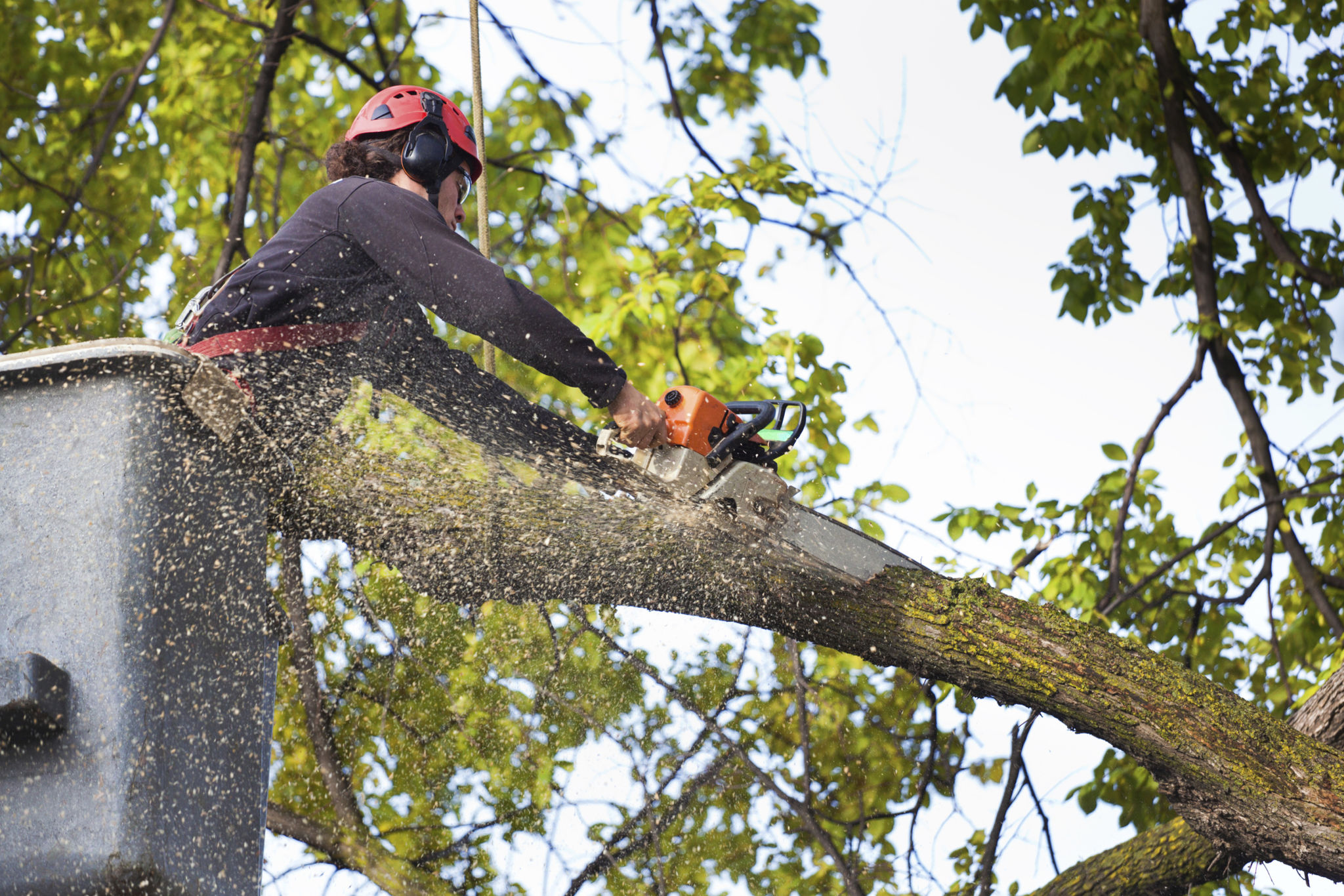The Ultimate Guide to Tree Pruning Services in Texas: What Homeowners Need to Know
The Importance of Tree Pruning
Tree pruning is an essential aspect of tree care that enhances the health, safety, and aesthetics of your landscape. In Texas, where diverse tree species thrive, proper pruning can help maintain the beauty and longevity of your trees. Whether you are a seasoned gardener or a new homeowner, understanding the fundamentals of tree pruning is crucial.
Pruning involves removing dead or overgrown branches to promote healthy growth and prevent potential hazards like falling branches. With Texas's varied climate, pruning also helps trees withstand harsh weather conditions such as strong winds and storms.

When to Prune Your Trees
Timing is critical when it comes to tree pruning. In Texas, the best time to prune most trees is during the late winter or early spring before the new growth starts. This period allows trees to heal quickly and reduces the risk of disease and pest infestation. However, there are exceptions, so it's essential to know the specific needs of your tree species.
For flowering trees, pruning after blooming ensures you don't cut off next year's flowers. On the other hand, dead or damaged branches should be removed as soon as possible, regardless of the season.
Selecting a Professional Tree Pruning Service
Hiring a professional tree pruning service can save you time and ensure that your trees are pruned correctly. When selecting a service in Texas, consider the following factors:
- Experience and expertise in handling local tree species.
- Proper certifications and insurance for liability protection.
- Reputation and customer reviews.

DIY Tree Pruning Tips
If you decide to prune your trees yourself, it's essential to follow some basic guidelines to ensure safety and effectiveness. First, always use sharp, clean tools to make precise cuts. Dull tools can damage the tree and make it more susceptible to disease.
Start by removing any dead or diseased branches, followed by branches that cross or rub against each other. Be cautious of cutting too much at once; removing more than 25% of a tree's foliage can cause stress.
Understanding Different Pruning Techniques
Different pruning techniques serve different purposes. Here are a few common methods:
- Thinning: Removing entire branches from their origin to allow more light and air through the canopy.
- Reduction: Cutting back branches to reduce the size of the tree while maintaining its shape.
- Raising: Removing lower branches to provide clearance for pedestrians or vehicles.

The Benefits of Regular Tree Pruning
Regular tree pruning provides numerous benefits that contribute to a healthier landscape. Properly pruned trees are less likely to develop diseases and have a more robust structure that can withstand strong winds. Additionally, well-pruned trees enhance curb appeal and can even increase property value.
By keeping your trees healthy and well-maintained, you not only create a safer environment but also contribute to the overall aesthetic appeal of your property.
Common Mistakes to Avoid
Many homeowners make mistakes when attempting to prune their trees. One common error is topping, which involves cutting the main branches down to stubs. Topping can severely damage a tree's health and lead to weak regrowth. Another mistake is failing to prune regularly, which can result in overgrown and hazardous trees.
Avoid these pitfalls by educating yourself on proper pruning techniques or by hiring a professional service with expertise in Texas's unique tree species.

